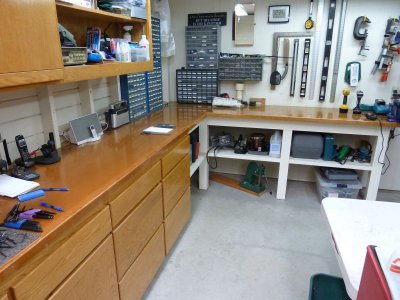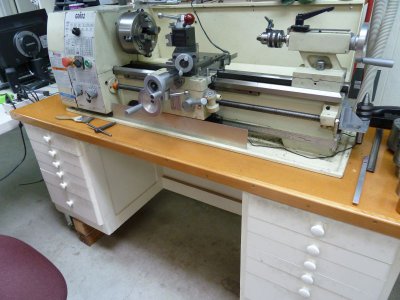I am getting ready to put together my workbench. For my base I am using old kitchen cabinets I got for free. But the top I don't know what I am going to do with it. I have thought of using a kitchen counter top. Usually a hardware store in town sells seconds for 2 bucks a foot. Then I have thought of buying 2x4s turning them on edge and running all thread thru them and making (kinda) butcher block top.
What did you guys use? Any other ideas? And no, no welding on this one, I am planning on building a welding table shortly.
Thanks,
Chris
What did you guys use? Any other ideas? And no, no welding on this one, I am planning on building a welding table shortly.
Thanks,
Chris



